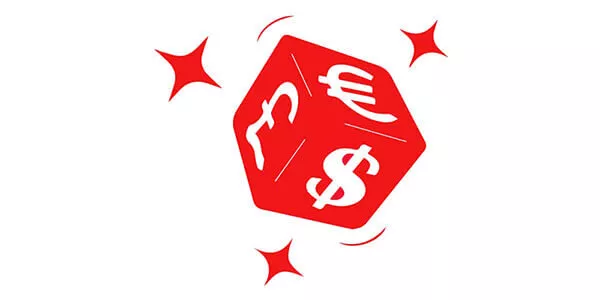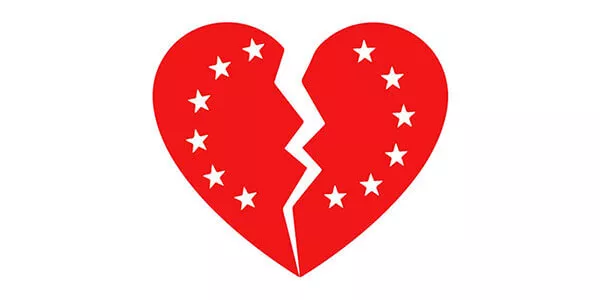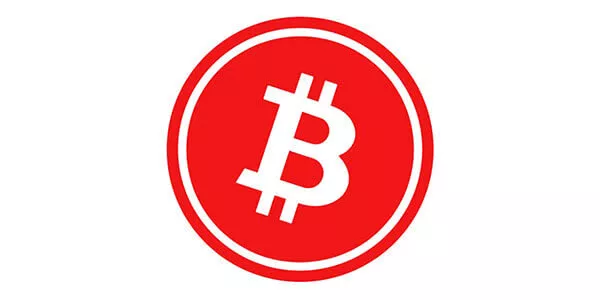
1 - Early to Rise
Life goes back to normal quickly, leading money velocity, employment, aggregate demand and consumer confidence to rise dramatically, which in turn generates inflation and forces central banks to increase interest rates.
Consensus view: Global inflation is expected to remain low given large output gaps (e.g. slack in the labour market, idle aircraft) resulting from the coronavirus. Moreover, with a long road to mass vaccination, savings rates still far above historical norms, money velocity at historical lows and even wider disparities in income than before the pandemic, there is plenty to hold back consumerism from returning to normal. Indeed, while the UK “reopened” in December 2020 after a month-long lockdown, retail footfall was down by 30% compared to the same December weekend in 20191. With consumer spending being the engine of growth in mature economies, markets expect inflation to be soft and rates to remain low. In the US, for example, the inflation rate is expected to average 1.9% over the next 10 years2. This is below target, and remarkable when considering the trillions of dollars in quantitative easing and fiscal spending that are coursing through global economies today.
What the consensus view is not pricing in: A huge upside economic surprise might occur, should vaccine administration go perfectly, leading to effective herd immunity in large swathes of the globe by the end of Q1. In this scenario, life – after all – goes back to normal…quickly. Hordes return to work in actual offices, city centres are brimming and travel for business and pleasure surges. It’s not like videoconferencing did not exist in 2019, rather many people considered spending time with others on screen an inferior substitute to the real thing. As normalcy resumes, so does money velocity, employment, aggregate demand and consumer confidence.
Potential market reaction: Pent-up demand from those that have been saving during 2020 is suddenly unleashed, leading to a sharp increase in demand. Brent crude rises back into the $60 to $80 range where it spent 2019, spurred on by OPEC keeping supply capped, which adds an important base effect to inflation calculations. Inflation rises to uncomfortable levels of 5% to 7%. Central Banks begin signalling a tapering of monetary stimulus and even an increase in interest rates: bonds and equities fall in value as risings base rates directly hit the former and indirectly hit the latter via a steeper discount on future cash flows. Zombie companies with unsustainable corporate debt levels default in record numbers and the high-yield debt market tanks.
Our positioning: This will be negative for portfolios given equities and bonds make up a large majority of most strategies. We will not be shy to shift to cash quickly and aggressively. We exited the high-yield market in 2020 on the presumption that default rates were artificially low based on government stimulus. We may look to get back in should yields in the high-yields space rise into double-digits, which would more than compensate for the risk. Our outsized holding in Gold may well benefit as “real assets” are perceived to benefit in inflationary environments, particularly as bonds are dumped and alternative safe-havens are sought.
Chart 1: US Personal Savings Rate as a percent of Disposable Income
1959 - October 2020

Source: Federal Reserve Economic Data, US Bureau of Economic Analysis
1 https://www.bbc.com/news/business-55209743
2 https://fred.stlouisfed.org/series/T10YIE

The UK equity market outperforms the US market for the first time in years; 2021 becomes an excellent time to have...

The euphoria following vaccine announcements fades as the new normal looks a lot like the old one - except with even...

Eurozone breakup fears re-emerge, and this time it’s not the UK .

Bitcoin hits $100,000 in value as the market acknowledges it as a real currency that can no longer be ignored.